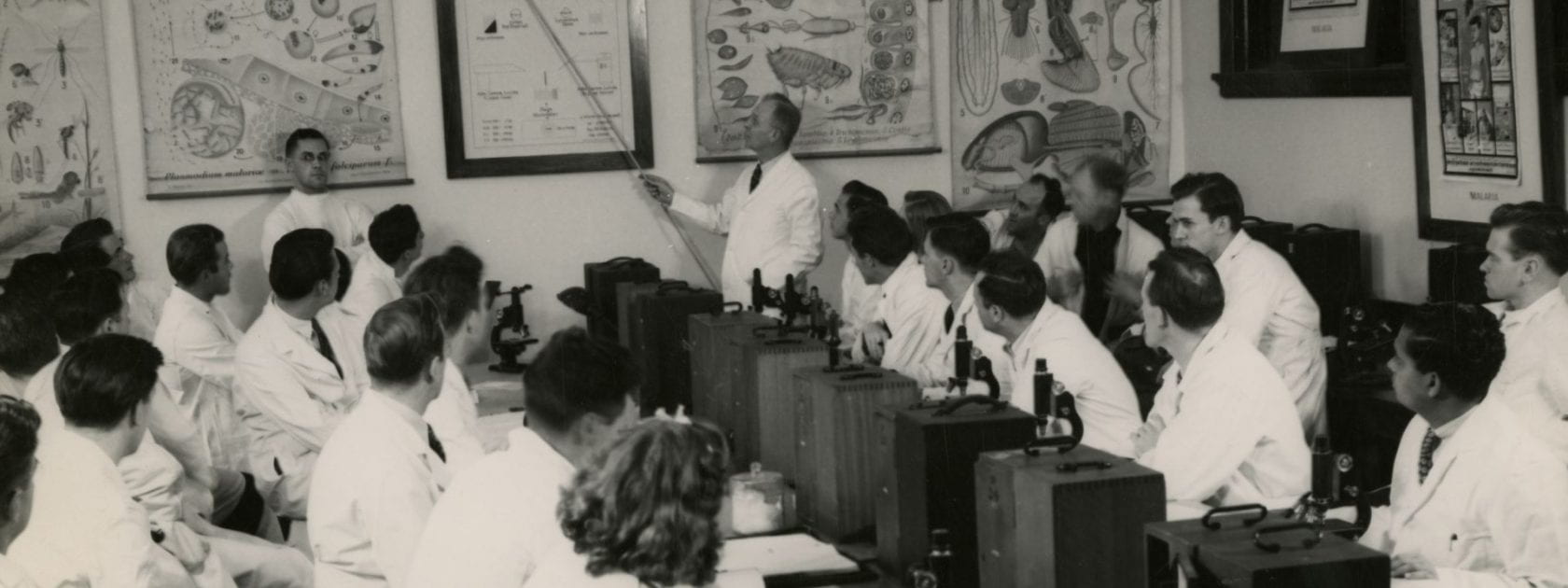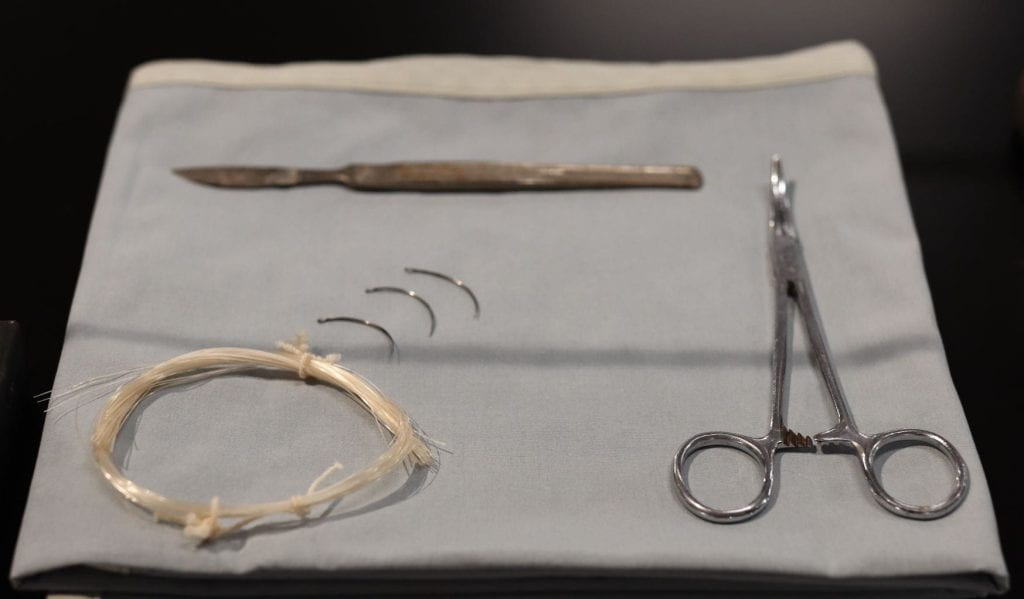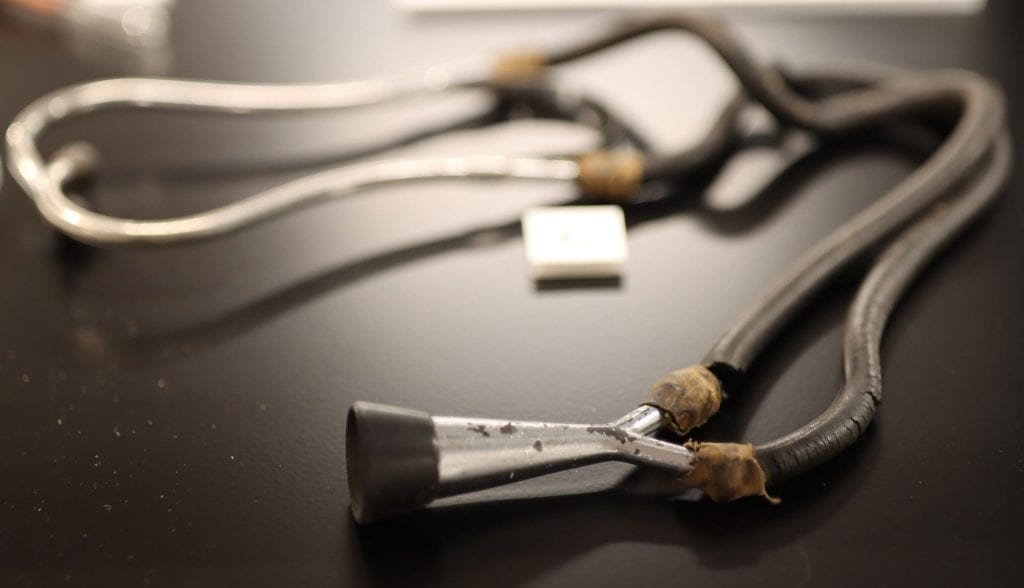Very little has been written on the historical growth and transformation of companion animal medicine and education in Canada, despite it being the most publicly recognizable part of the profession and the area of practice that the majority of current OVC student veterinarians choose to pursue. Lectures on diseases affecting companion animals were given on occasion when the OVC was in Toronto, but companion animal medicine did not become a major part of the veterinary curriculum until the college moved to Guelph. In 1928, Frank J. Cote (OVC 1926) was appointed to teach a lecture and clinic session once per week at the college’s newly created Small Animal Clinic. The increase in companion animal ownership after the Second World War saw Cote leave his private practice and join the OVC full time as the Head of the Department of Small Animals in 1949. James Archibald (OVC 1949) would take over Cote’s role in 1952 and lead the development of companion animal medicine and surgery education at the OVC for the next two decades, setting a high standard for teaching, innovation and care that continues today.
Surgery
Under the leadership of Dr. James Archibald (OVC 1949), “surgical exercises” for companion animals were introduced into the veterinary curriculum in the 1950s. This instruction equipped students with the latest techniques for companion animal practice, an area of veterinary medicine that grew significantly in the post-Second World War period. Moreover, Archibald fully instituted aseptic surgical technique, allowing students to learn and eventually implement critically important health and safety procedures into their practices in the community. The OVC has continued to enhance its teaching facilities for student veterinarians. For example, in 2021 a new and modernized surgery and anesthesia facility opened at the OVC. In these facilities, student veterinarians participate in the latest advancements, treatments, and research with the most innovative and progressive tools available.
Critical Care and “Experiencing” Veterinary Practice
OVC student veterinarians have participated in other, important developments in companion animal medicine. In the 1990s, for example, critical care became an established specialty at the OVC under the leadership of Dr. Karol Mathews (OVC 1980). Final-year rotations in critical care medicine allow students to transfer the education and skills they have acquired during their program into emergency situations, many of which they may encounter once in practice.
Experiencing the daily life of veterinary practice is another opportunity offered to the OVC’s student veterinarians. In 2010, the OVC Smith Lane Animal Hospital at the Hill’s Pet Nutrition Primary Healthcare Centre, a stand-alone veterinary hospital, was launched to provide all student veterinarians with the opportunity to experience the operation of a practice as they may experience out in the community.








